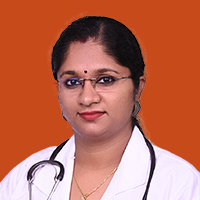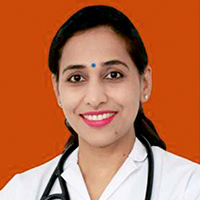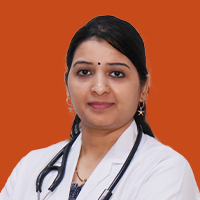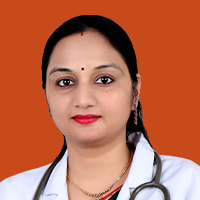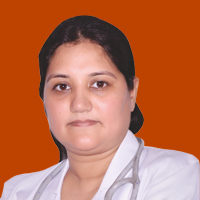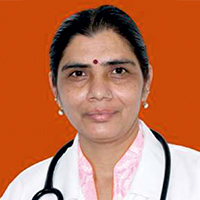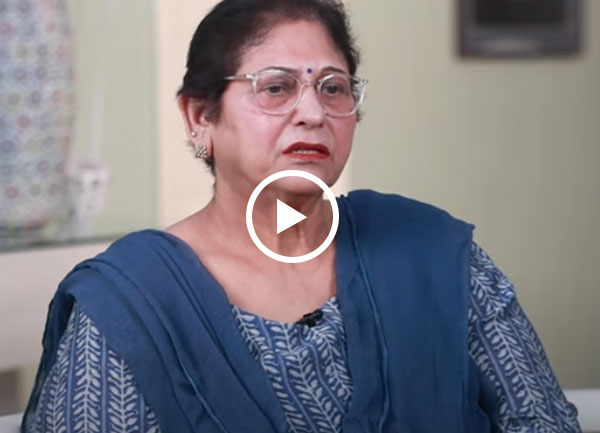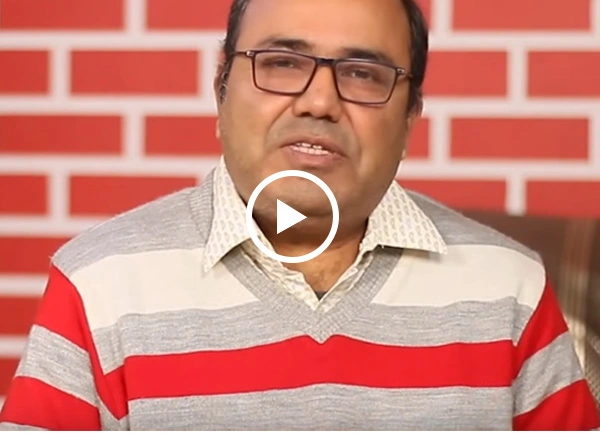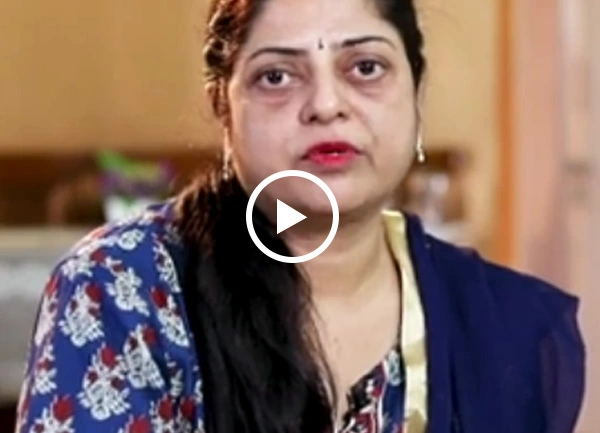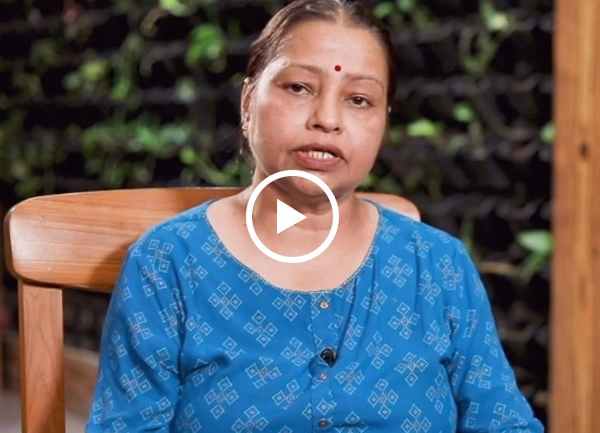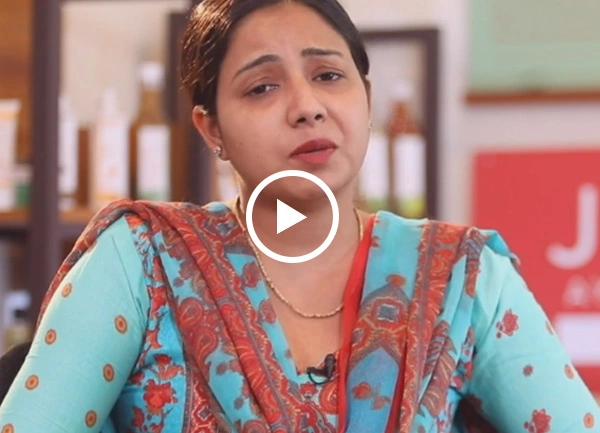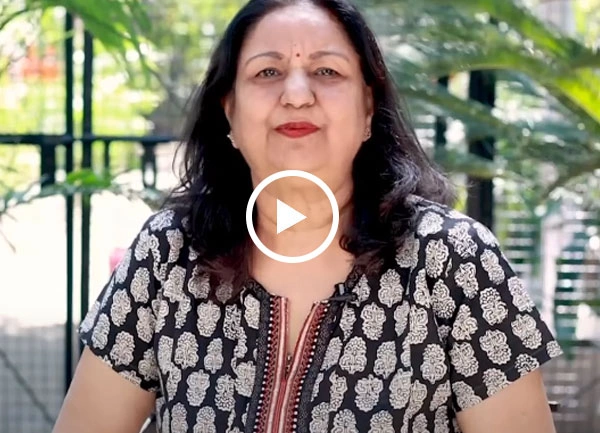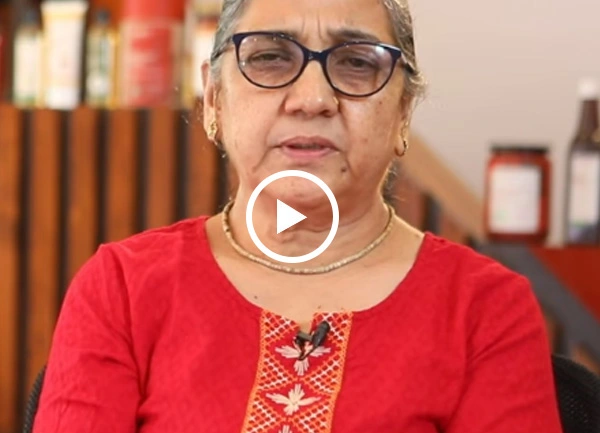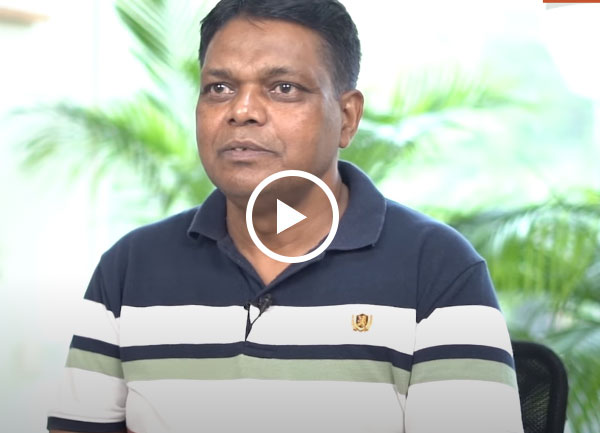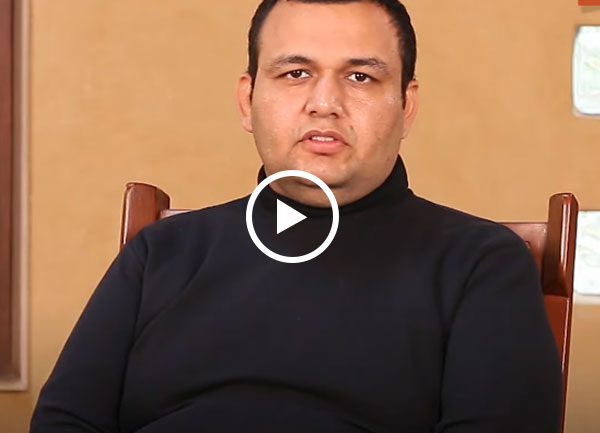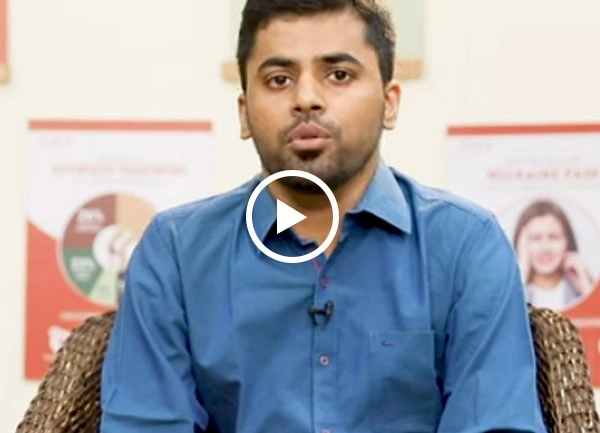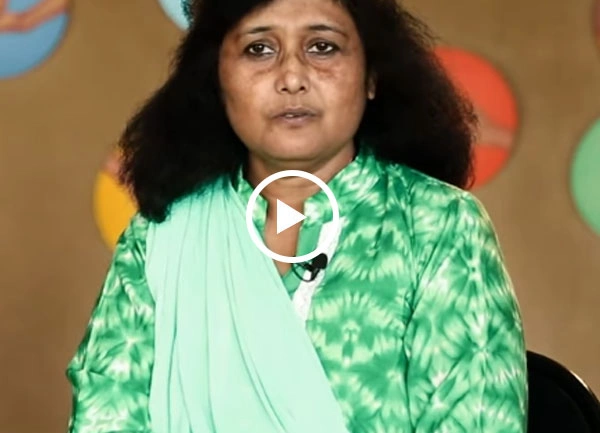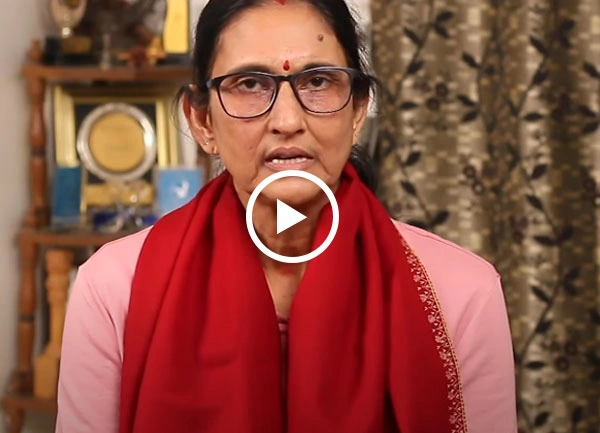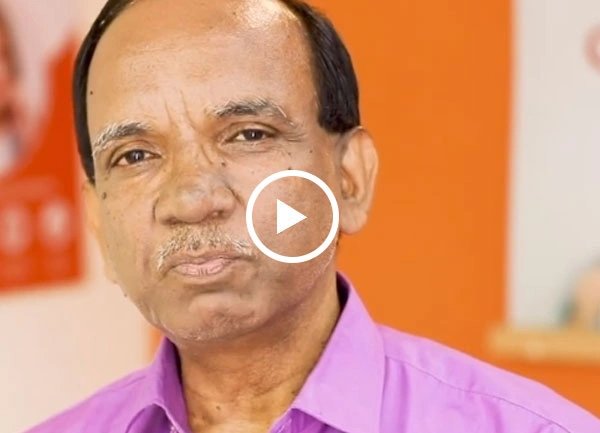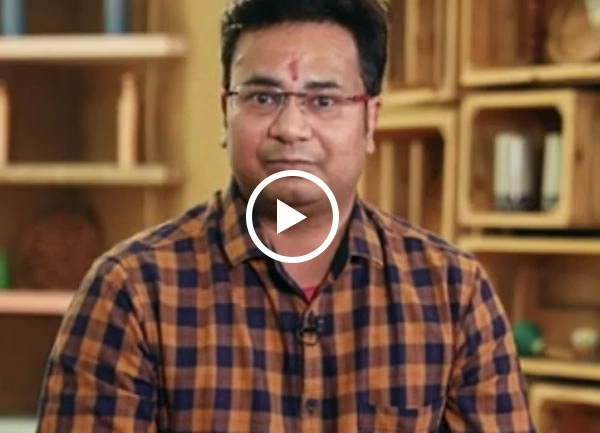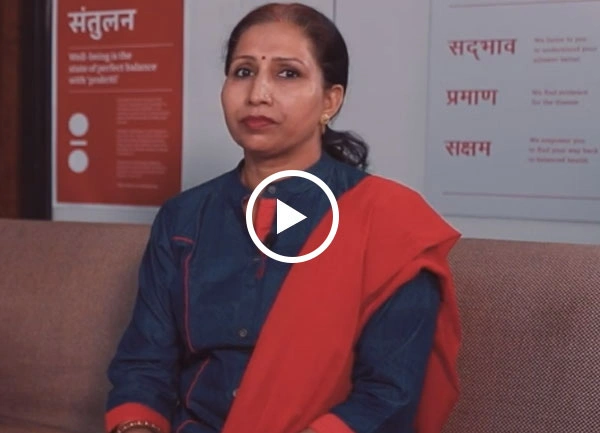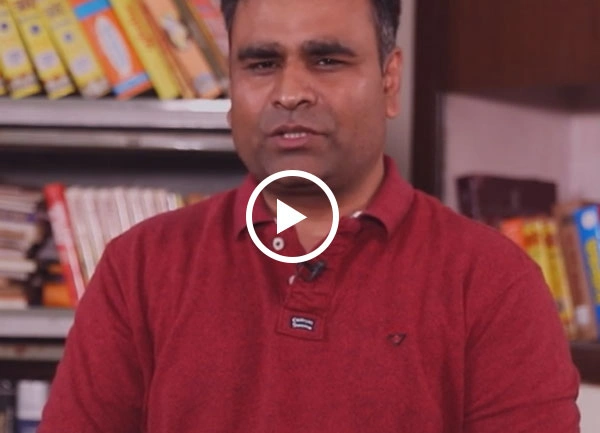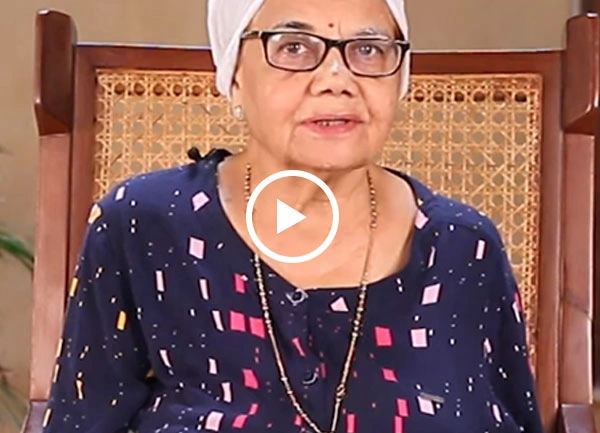

Successful Treatments
Clinics
Doctors
What is Adenomyosis?
Adenomyosis is a condition where the innermost lining of the uterus, called endometrium, grows into the muscle wall of the uterus, known as myometrium. This ectopic growth increases the uterine size and may result in heavy menstrual bleeding or prolonged menstrual periods and cause severe menstrual cramps and chronic pelvic pain. Women with adenomyosis can also have some discomfort during coitus and can feel pressure or bloating in the pelvis. The cause of adenomyosis is not well understood; however, it has a tendency to occur more commonly among middle-aged, parous women.
Symptoms
Menorrhagia
Heavy or Prolonged Menstrual Bleeding (Menorrhagia) : This uterine disease usually causes heavy bleeding and for a longer time than that of normal periods. The endometrial tissue interferes with the normal functioning of the uterine walls due to muscular growth. There are more and weaker blood vessels in the uterus walls, hence increased blood loss. Women may notice they are soaking through pads or tampons more quickly or passing large blood clots.
Dysmenorrhea
Severe Menstrual Cramps (Dysmenorrhea) : The pain resulting from adenomyosis is usually more acute than that occurring with typical menses because the endometrial tissue invades the muscular layer of the uterus, similar to normal endometrial tissue. Thus, during menses, the uterine muscles contract more forcefully to expel blood, thereby causing heavy cramping pain. Such pain often radiates to the lower back, hips, and thighs.
Chronic Pelvic Pain
Chronic Pelvic Pain : In addition to cramping pains during menstruation due to adenomyosis, women with adenomyosis may also have chronic pelvic pains. Since the uterus is constantly inflamed, it may cause pelvic pains to not be limited to menstruation alone but all month long. This might feel like a dull ache or ache as if there is pressure inside the pelvis, and it could affect her daily activities, such as walking, sitting for long periods, or exercising.
Dyspareunia
Painful Intercourse (Dyspareunia) : Enlargement and thickening of the uterus may also lead to painful sexual intercourse. Sexual intercourse or intercourse afterwards may cause pain deep into the body, more if the uterus is tender. The tissues inside the muscle of the uterus are inflamed and tender, and with penetration, especially in deeper positions, sharp or cramping sensations may be experienced.
Enlarged or Tender Uterus
Enlarged or Tender Uterus : In adenomyosis, the uterus is frequently much enlarged, sometimes even double or triple in size. It can sometimes create a feeling of bloating in the lower abdomen, which is sort of like an early pregnancy. An enlarged uterine body may also be tender upon palpation, and a pelvic exam might reveal an abnormal shape or size of the uterus. For some women, the enlarged uterus may even create the appearance or sensation of pregnancy due to bloating.
Ayurvedic Treatment for Adenomyosis
Ayurvedic treatment for Adenomyosis involves herbal formulations, diet and lifestyle modifications, detoxifying therapies, yoga asanas, and relaxation programs.
1. Herbal Remedies
Ayurvedic herbs are essential in the treatment of adenomyosis since they balance doshas and nourish the uterus. Ashoka, in particular, helps reduce heavy flow and pain due to its action of strengthening the uterus. Shatavari, as a rejuvenating herb, is used to prevent hormonal disturbances and the menstrual cycle from becoming painful. Turmeric, Curcuma longa, is an anti-inflammatory that alleviates both inflammation and pain inside the uterus. Aloe Vera regulates flows and heals other parts of the reproductive system. Lodhra reduces excessive bleed and helps keep uterine health intact. Triphala cleanses the body, which means allowing the toxins to leave the body, worsening the adenomyosis.
2. Diet and Lifestyle Changes
In the management of adenomyosis, a well-balanced diet is also of utmost importance. Ayurveda advises a Pitta-pacifying diet, as inflammation has to be brought down; hence, hot, spicy, and acidic foods should be avoided because they would increase bleeding and pain. The best diet to cool down is from green leafy vegetables, cucumber, and melons. To pacify Vata, a Vata-pacifying diet is applied, comprising warm, cooked foods, such as soups and stews. Warm herbal teas and spices like ginger, cumin, and cinnamon also promote digestion and get rid of spasms and distension produced by Vata. If possible, eat regularly and hydrate properly.
3. Detoxification and Panchakarma
Panchakarma is an Ayurvedic detox therapy that cleanses the body and balances dosha. Virechana or purgation removes excess Pitta, eliminating inflammation and promoting uterine health. Basti with medicated enema balances Vata dosha alleviates pelvic pain, and haemorrhaging and menstrual irregularities. Abhyanga with herbal oils applied by steam treatment improves the circulation of blood, reduces muscle tension, and alleviates pain in the pelvic region.
4. Yoga and Pranayama
Gentle yoga combined with regulated breathing exercises may be useful to maintain adenomyosis. Supta Baddha Konasana (Reclining Bound Angle Pose) and Paschimottanasana (Seated Forward Bend) are of particular benefit to stretching and calming the muscular walls of the pelvis, improving circulatory flow, and even helping alleviate pain. Pranayama practices like Anulom Vilom (Alternate Nostril Breathing) induce serenity, calm one's mind, and also support in pacifying Vata and Pitta doshas, which in turn lowers the stress-inducing conditions aggravating the symptoms of adenomyosis.
5. Lifestyle Modifications
Ayurvedic philosophy centres on a daily routine for sleep, eating, and exercise that usually balances the doshas, with particular emphasis on Vata dosha. Stress is also a particular challenge because both Vata and Pitta dosha doshas become imbalanced through stress or tension and aggravate pain and bleeding. Practices such as meditation, breath control, and sleep help calm the mind and emotions. In addition, avoidance of overexertion, keeping warm to counteract Vata dosha, and reducing exposure to cold situations would avoid relapse of symptoms and promote health in the uterus.
Jiva Ayurveda has personalised and holistic treatments for those seeking an Ayurvedic approach to treating adenomyosis. The expert Ayurvedic doctors at the centre approach individualised treatment based on the unique body constitution of their patients, working back towards re-establishing the balance of the doshas, which gives relief from symptoms and regains reproductive health. Choose Jiva Ayurveda and reap the benefits of an all-encompassing approach by assimilating time-honoured Ayurvedic wisdom with that of modern practice for good healthcare to help you towards the path to a healthier and pain-free life.
Diet and Exercise in Adenomyosis
The management of adenomyosis through diet and exercise is crucial to decrease its symptoms and return to a better health condition. A well-balanced diet reduces inflammation and hormonal imbalance, while exercise gives optimal circulation and relief from stress and pain management.
Diet Recommendations
In Ayurveda, diet plays an integral part in the management of adenomyosis through it pacifying the doshas, especially Pitta and Vata, that are enhanced in this condition.
- Pitta-Pacifying Foods: Since inflammation is linked to the imbalanced Pitta dosha, cooling and anti-inflammatory foodstuffs have to be consumed. Fresh vegetables like cucumber and leafy greens, fruits like melons and berries, and whole grains like barley and quinoa can be taken, but spicy, fried or acidic foodstuffs should be avoided because these may even elevate the bleeding and pain.
- Vata-Pacifying Foods: Warm, soft, and easy-to-digest foods like soups, stews, and well-cooked vegetables; warmed spices such as ginger, cumin, fennel, and cinnamon help digest and relax cramping and bloating.
- Hydration: Drink lots of water and herbal teas like ginger or chamomile to maintain hydration and help reduce bloating.
- Avoid: Caffeine, alcohol, processed foods, and red meat can make the underlying inflammatory and hormonal imbalances worse, so it is best to avoid all of these substances.
Exercise Recommendations
Regular moderate exercise helps in several ways. It improves circulation and, therefore, reduces the symptoms. It also reduces pain caused by this condition and reorganises hormone levels. Stress-management exercises such as yoga can better help manage stress, which can also provoke or exacerbate symptoms of adenomyosis.
- Yoga: Supta Baddha Konasana (Reclining Bound Angle Pose) and Setu Bandhasana (Bridge Pose) are gentle stretches that will help to stretch and strengthen pelvic muscles, thereby improving circulation and reducing pelvic pain. Reducing stress is also important to manage the symptoms of adenomyosis.
- Low-Impact Cardio: Swim, walk, or cycle at a comfortable pace to promote blood flow, minimise bloating and pain, and not overwork the pelvic areas.
- Stretching and Pelvic Floor Exercises: Perform stretching and exercises that will facilitate Kegel exercises to help ease discomfort and improve muscle tone in the lower abdomen and the pelvic regions.
Avoid High-Intensity Workouts: Heavy lifting, high-impact sports, etc., would increase pressure in the abdomen and intensify pelvic pain.
FAQs
Fibroid is that non-cancerous growth inside the muscular wall of the uterus. On the other hand, Adenomyosis is the condition in which endometrial tissue - the lining of the uterus - proliferates into the uterine muscle. In this condition, the size of the uterus increases, and it becomes tender, as against fibroids, which grow in places as definite, hard masses. Fibroids and adenomyosis bring about significant heavy bleeding and pelvic pain. However, adenomyosis is diffuse in nature, while the growth due to fibroids is localised.
The cause is not known but is suspected to be hormonal; that is, it can be associated with estrogen levels and hormonal changes. Other people claim that uterine trauma, such as childbirth or surgeries, could bring endometrial cells into the uterine muscle. Others attribute genetic and inflammatory causes.
Although adenomyosis is not life-threatening, it can be the most crippling to a woman's quality of life. The disease can cause chronic pelvic pain, heavy menstrual flow, and all the implications that accompany anaemia and lethargy. In severe cases, the disease may have to be operated on.
Hormonal treatment for adenomyosis may be either the regulation or reduction of estrogen levels to possibly enable symptom relief. Some of these may include birth control pills, progesterone therapy, GnRH agonists, and intrauterine devices like Mirena. It will reduce massive bleeding, pain, and inflammation but won't treat the disease.
The Mirena intrauterine device (IUD) administers small amounts of the hormone progesterone directly to the uterus, causing the lining of the uterus to thin and often to lighten up heavy bleeding. For women who have adenomyosis, Mirena may greatly reduce the pain and heavy menstrual flow. It is one of the most in-demand non-surgical treatments used to alleviate the symptoms.
Uterine adenomyosis radiology usually requires the application of imaging methods such as USG and MRI. Adenomyosis on ultrasound creates a thickened heterogeneous myometrium or the uterine muscle. On more detailed imaging, MRI can reveal invaded endometrial tissue into the muscle layer. These diagnostics may aid in the differentiation between adenomyosis and fibroids.
The approach for an adenomyosis diet is primarily focused on anti-inflammatory aspects as well as hormone regulation. Such foods include omega-3 fatty acids found in fish and flaxseeds, fibre found in whole grains, fruits, and vegetables, and spices that have anti-inflammatory properties, like turmeric and ginger. Some reports found that an adenomyosis diet that reduces processed foods, sugar, caffeine, and alcohol may also relieve the condition.
Yes, in some women, adenomyosis can cause pain that is constantly present. Again, it is not just with menstruation. Some women experience chronic pelvic pain that may be described as a constant aching pressure or cramping in the lower abdomen. Such pain results from inflammation and thickening of the uterine muscle rather than from inflammation or thickening of the uterine muscle itself.
Top Ayurveda Doctors
Our Happy Patients
Home Remedies
Related Disease
- Ayurvedic Treatment for Infertility
- Ayurvedic Treatment for Frigidity
- Ayurvedic Treatment for Leucorrhoea
- Ayurvedic Treatment for Menopause
- Ayurvedic Treatment for Adenomyosis
- Ayurvedic Treatment for Endometriosis
- Ayurvedic Treatment for Dysmenorrhea
- Ayurvedic Treatment for PCOS
- Ayurvedic Treatment for Vaginal Infection
- Ayurvedic Treatment For Vaginal Yeast Infection
- Ayurvedic Treatment for Hematuria
- Ayurvedic Treatment for Epididymitis
- Get Ayurvedic Treatment For Uterine Fibroids
- Ayurvedic Treatment for Hirsutism
- Get Ayurvedic Treatment for Menorrhagia
- Get Ayurvedic Treatment for Amenorrhea
Latest Blogs
- क्या बार-बार एंटीहिस्टामिन लेने पर भी Hives वापस आ जाते हैं?आयुर्वेद में इसके मूल कारण जानें
- क्या परफ्यूम, साबुन या धूल के संपर्क में आते ही फौरन दाने उभर जाते हैं? Urticaria में ट्रिगर्स आयुर्वेदिक दृष्टि से समझें
- क्या रात के समय खुजली और दाने अधिक बढ़ जाना Urticaria की प्रकृति दिखाता है?आयुर्वेदिक दृष्टिकोण देखें
- क्या तनाव या घबराहट बढ़ते ही Hives flare-up शुरू हो जाता है? मन-पित्त संबंध आयुर्वेद की नज़र से समझें
- क्या अचानक चेहरे, होंठ या आँखों के आसपास सूजन आना Angioedema या Urticaria का लक्षण है? – आयुर्वेदिक व्याख्या
- क्या Delivery के बाद महिलाओं में Fissure ज़्यादा देखा जाता है? आयुर्वेद बताता है कारण और देखभाल
- क्या गुदा के आसपास खिंचाव, जलन और सूजन महसूस होना Fissure की प्रगति दर्शाता है?
- क्या मल त्याग के दौरान हल्का खून आना हमेशा Piles नहीं—Fissure भी हो सकता है?
- क्या गुदा के पास हल्की दरार या चमड़ी कटना Fissure का संकेत हो सकता है?
- क्या बार-बार सूखी और कड़ी स्टूल Anal Fissure को और खराब करती है?
- क्या लंबे समय तक कब्ज़ रहने से Fissure बार-बार दोहराता है? आयुर्वेद में इसके कारण जानें
- क्या धूप, ठंड या पानी लगते ही त्वचा पर चकत्ते उभरना Urticaria की ओर इशारा करता है? आयुर्वेदिक संकेत देखें
- क्या कुछ ही मिनटों में दाने फैल जाना Hives का क्लासिक पैटर्न है? आयुर्वेद की नज़र से कारण जानें
- क्या त्वचा पर अचानक उभरने वाले लाल उभरे हुए दाने Urticaria का संकेत हैं? आयुर्वेदिक दृष्टि से समझें
- Struggling With Leg Pain for Years? Ayurveda’s Panchakarma Offers Real Freedom
- From Grief to Healing: How a 75-Year-Old Found Relief from Osteoarthritis and BP Issues in Just 7 Days
- Surgery के बाद कमज़ोरी, Dopamine कम और Immunity गिर गई थी—Ayurveda ने कैसे फिर से ताकत दी
- 85 से 115 KG तक अचानक बढ़ा वज़न—Thyroid, Fatty Liver और Kidney Stone में Ayurveda ने कैसे संभाली हालत
- PCOD Success Story: जब दवाइयाँ काम न करें, Ayurveda दिखाता है असली रास्ता
- लंबे समय तक बैठकर काम करने से बढ़ा Lower Back Pain—10 दिन के Panchakarma ने कैसे दिया आराम
Ayurvedic Doctor In Top Cities
- Ayurvedic Doctors in Bangalore
- Ayurvedic Doctors in Pune
- Ayurvedic Doctors in Delhi
- Ayurvedic Doctors in Hyderabad
- Ayurvedic Doctors in Indore
- Ayurvedic Doctors in Mumbai
- Ayurvedic Doctors in Lucknow
- Ayurvedic Doctors in Kolkata
- Ayurvedic Doctors in Patna
- Ayurvedic Doctors in Vadodara
- Ayurvedic Doctors in Ahmedabad
- Ayurvedic Doctors in Chandigarh
- Ayurvedic Doctors in Gurugaon
- Ayurvedic Doctors in Jaipur
- Ayurvedic Doctors in Kanpur
- Ayurvedic Doctors in Noida
- Ayurvedic Doctors in Ranchi
- Ayurvedic Doctors in Bhopal
- Ayurvedic Doctors in Ludhiana
- Ayurvedic Doctors in Dehradun






